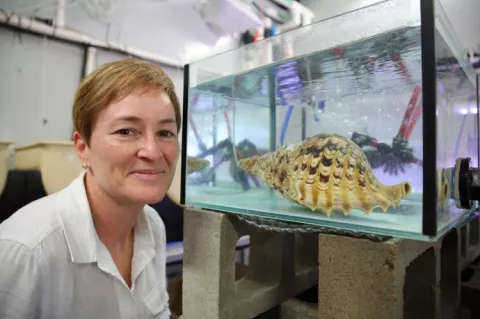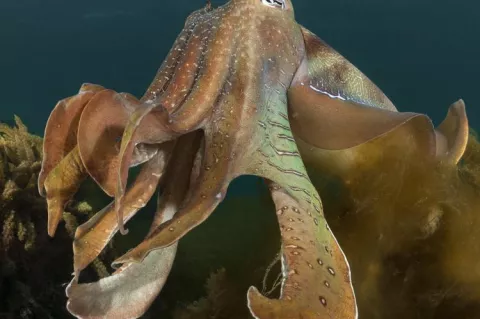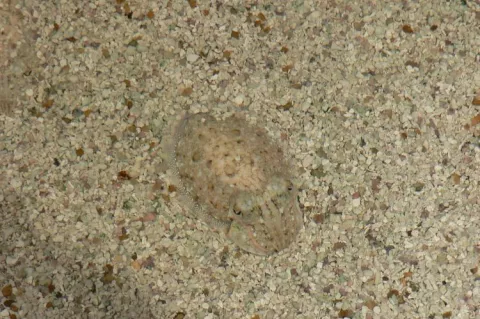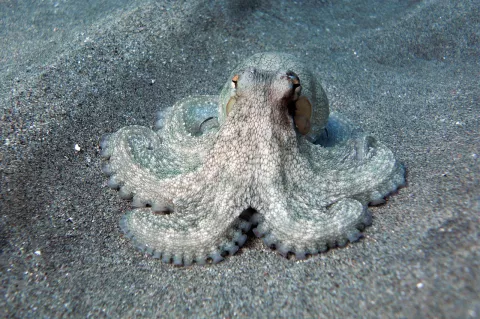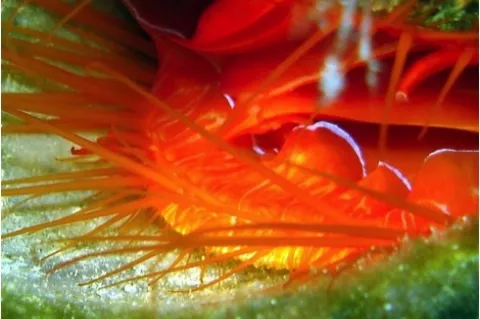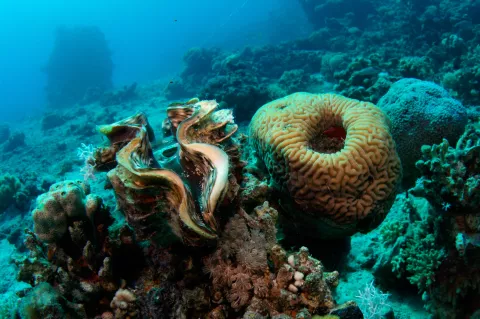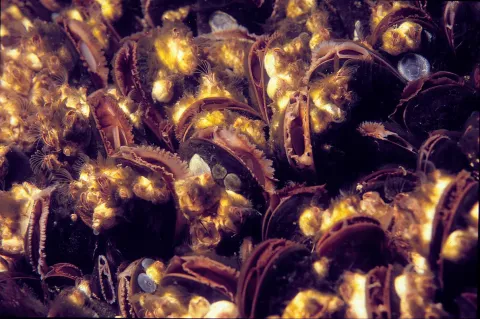Great Barrier Reef's saviour—a giant snail?
A giant sea snail may turn out to be another line of defense against the destructive crown-of-thorn starfish that is currently plaguing Australia’s Great Barrier Reef.
Called the Pacific triton sea snail (Charonia tritonis), it can grow up to about 50 to 60cm and is indigenous to Australian waters. More importantly, the crown-of-thorn starfish happens to be part of its natural diet. However, the sea snail is currently endangered due to the consumer demand for their shells.

